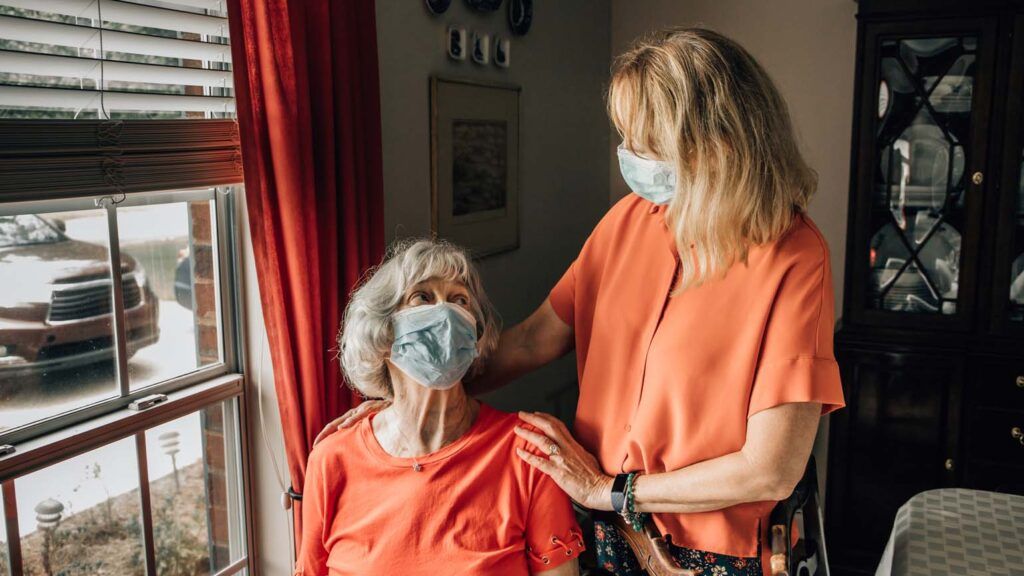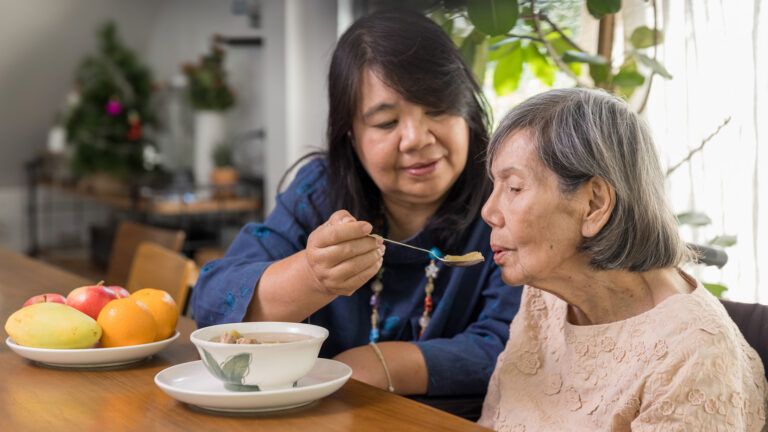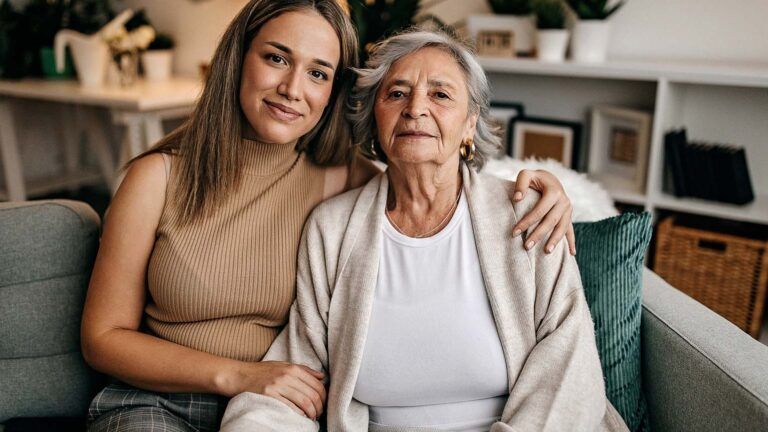As any good family caregiver knows, the job requires a constant eye to safeguarding your loved one against physical injury—from eliminating fall risks to taking over the driving. But what about your own injury risks? With so much of your focus placed on the needs of the person in your care, you can place yourself in harm’s way.
“Caregivers are notorious for neglecting their own health,” Lisa Winstel, chief operating officer of Caregiver Action Network (CAN), told Guideposts.org. “A caregiver can suffer because they’re not going to take the time for routine care that could help keep them healthy.”
While your overall well-being is fundamental to your success as a caregiver, it’s not only easy to forget routine self-care, but to disregard important steps that can help you avoid injury.
“Full disclosure: I’ve got bad knees,” Winstel said. “I was talking to my orthopedist and he asked what I do for a living. I was telling him and he was like, ‘Oh, terrific! I have a patient who really needs to get a knee replacement and she won’t because if she’s recovering, there’s nobody to take care of her husband.’ So his patient is causing herself repeated harm and constant pain, because she can’t stop her caregiving, in her mind.”
Whether it means getting help from others or learning how to reduce your own risks, Winstel shared these suggestions to help you avoid getting hurt:
Learn how to handle daily activities better. “Let’s say your mom lives with you and she has Alzheimer’s, and your goal is to keep Mom with you as long as possible,” Winstel said. “That means that every day you’re starting with getting Mom on and off the toilet, in and out of the shower, teeth-brushing … If you’ve got an elderly couple where the care flows from the person who can give it to the person who needs it, something as simple as folding up a transport chair and putting it into the trunk for somebody who has arthritis can really be painful, as well as exacerbate the arthritis and actually cause injury. Or let’s say you’re caring for somebody with limited mobility or a movement disorder. Just getting somebody out the door and into a car—things that we all take for granted can become a huge challenge and risk.” An estimated 60% of family caregivers assist their loved ones with activities of daily living (ADLs) such as eating, bathing and showering, grooming, mobility, and using the toilet. To help these caregivers, CAN has launched a new set of articles and videos with practical tips on how to safely handle these activities.
Reducing and removing bbstacles that could lead to injuries for you. “Think in terms of how to reduce your own fall risk,” she said. “It may be something as simple as automatic night-lights, so if you have to get up in the middle of the night to care for somebody, the lights will come on. Have all of your light bulbs changed to some form of a long-lasting bulb so that you’re not getting up on chairs and stepladders. Remove trip hazards. You usually think of throw rugs, but there are lots of other types of trip hazards. I’m looking at my floor, thinking, ‘Physician, heal thyself.’ There are two dog toys that could really wipe me out, and a pair of shoes that didn’t get put away. If I were to be helping somebody with a walker or a wheelchair, if my head turned, I could trip.”
Understand your loved ones’ possible health changes and symptoms. Dementia can cause aggressive behavior, so it’s important to learn how to avoid physical altercations. “It’s something that caregivers hesitate to discuss,” Winstel said. “If you say, ‘Dad was acting crazy last night and he hit me,’ you don’t want somebody to say you have to put him in a home. You want to figure out a way to make it work. Sometimes it can’t work. I’m not saying that you always have to keep everyone at home. But if having someone at home with you is your goal, there are ways that you can do that more safely.” CAN’s Lighting Your Way digital tool provides information to help caregivers better understand some of the lesser known behavioral and psychological symptoms that can accompany dementia and what can be done about them.
Ask for help and don’t be too hard on yourself. “Give yourself a break,” Winstel said. That may mean in-home care, if it’s feasible. If so, Winstel said, “you definitely want to make sure that you get somebody who has the skills and experience you need to be helpful. If you’re going to have another family member or friend come and help you, definitely have a family meeting. Discuss who’s going to be responsible for what. Have lots of good, open conversation. Let everybody else know what’s going on with the loved one you’re caring for. Help doesn’t even have to be in the house with you. Maybe you can say, ‘I’ll take care of Mom in the house but somebody else can manage her finances.’ Your brother’s in North Carolina—maybe he can handle the bills. You can relieve your burden with other family members other than with hands-on help. And don’t be too hard on yourself. You’re handling a lot. You’re not failing if you need to ask for help. Asking for help is a sign of strength!”
Learn more information on ways to safely care for a loved one with dementia.






